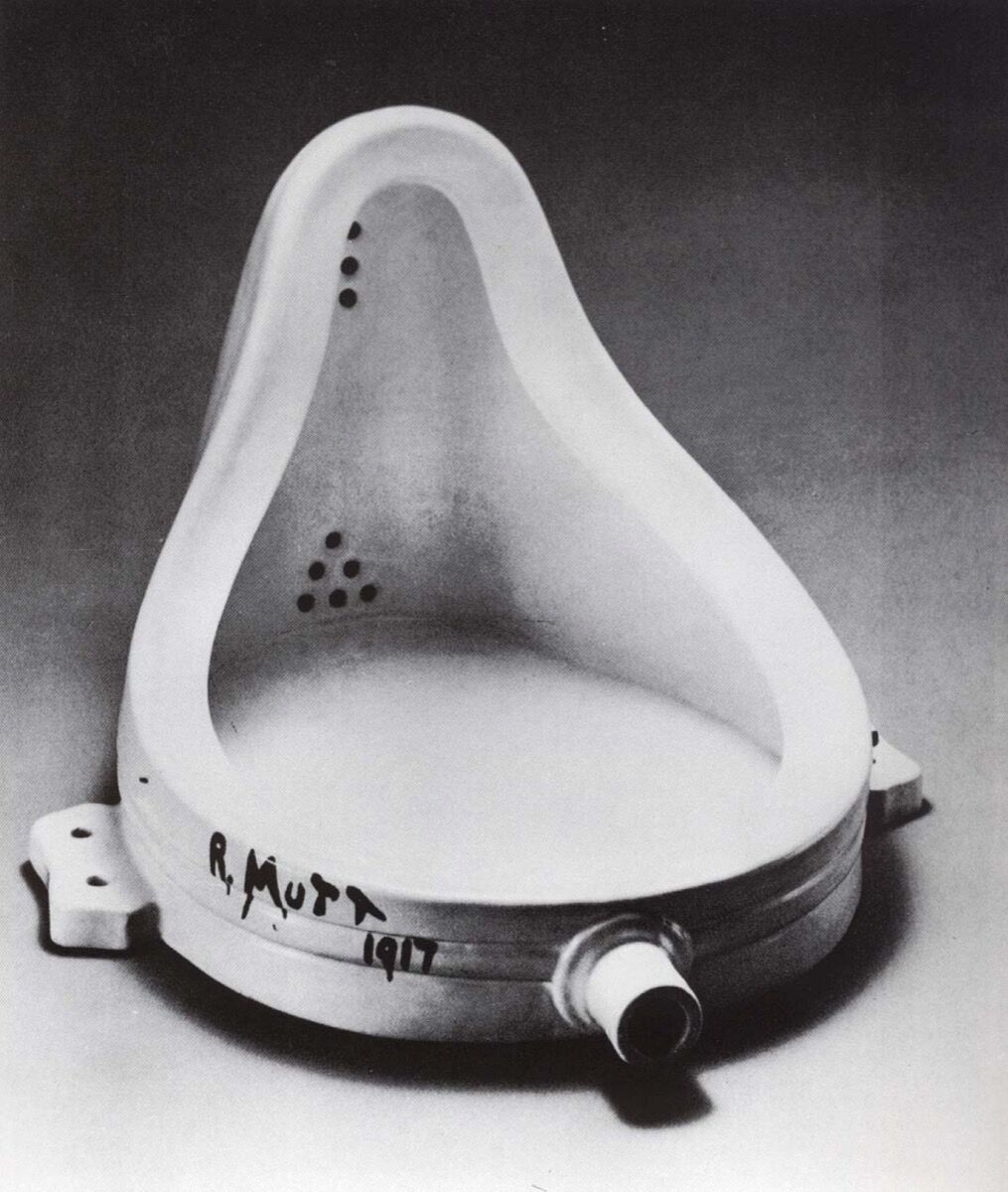Conceptual Art: Origins and Ontology
Conceptual Art: Origins and Ontology
By Thomas Zepeda
Erased de Kooning Drawing by Robert Rauschenberg (1953)
A unique example of conceptualism where Robert Rauschenberg erased a de Kooning drawing labeled, matted, and framed.
Conceptualism is an art movement that prizes ideas over the formal or visual components of artworks. From the 1960s to the 1970s conceptual artists produced work that rejected standard ideas of art. Conceptual artworks can be depicted by an amalgam of media rather than having a tightly cohesive style. They can be expressed by performances, happenings, and even take the form of rare ephemera or memorabilia. In essence, Conceptualism is a direct opposition to tradition.
Fountain by Marcel Duchamp (1917)
Conceptual art can be said to have begun with Marcel Duchamp, the artist who invented the readymade, an everyday object turned into art. One of Duchamp’s first readymades was (1917), which was just a porcelain urinal that Duchamp repurposed. As stated in “Conceptual art history and concepts”,” Duchamp described his readymades as antirational and dismissed the popular conception that works of art demonstrate artistic skill.”
Conceptual artists during the movement began to make use of the art gallery as part of the concept and presentation, like Joseph Kosuth’s One and Three Chairs (1965). Joseph Kosuth created One and Three Chairs (1965) to illustrate the idea that conceptual art would reframe how people view art objects. The work Juxtaposes a physical chair, a photograph of the same chair, and a printed dictionary definition of the word chair. The idea is to question representation: if a chair is an object, a depiction of that object, or the idea of the object. It could be that the chair is a combination of all three, which would make Kosuth’s work a literal representation of all the possibilities of a chair.


Comments
Post a Comment